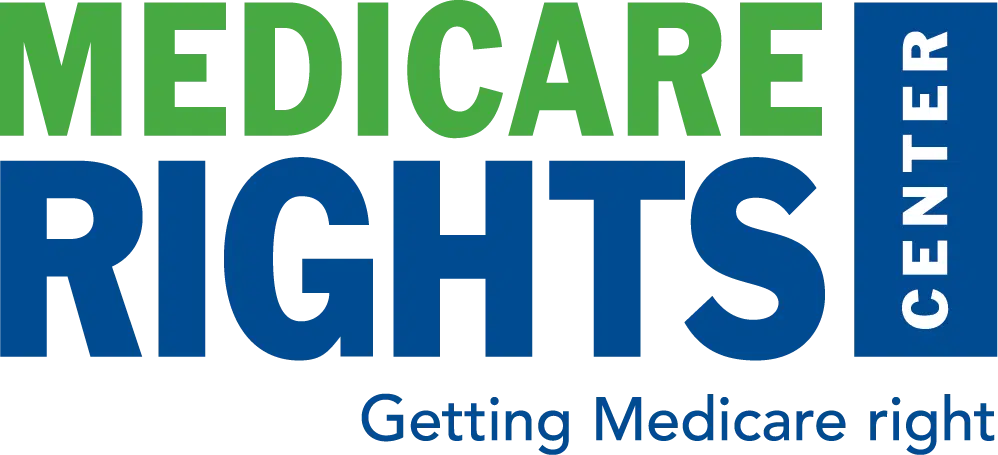Join Us Live for a Discussion on Medicare, Democracy, and the Future of Health Care
ACA Open Enrollment Causing Sticker Shock for Millions, Congress Must Act

Open enrollment for Affordable Care Act (ACA) Marketplace plans began on November 1, and people shopping for coverage have seen a drastic spike in coverage costs nationwide. This is from a combination of the largest rate increases since 2018 and Congress’s failure to extend premium tax credits that helped people afford coverage. These factors are doubling the price tag on average for consumers.
Congress still has the option to extend critical tax credits that help 22 million people buy ACA plans. But damage is already being done to consumer confidence and sticker-shocked shoppers may not come back later.
Sticker-shocked shoppers may not come back later.
Enhanced Tax Credits Expiring, Triggering Shutdown
In the partisan 2025 budget bill—HR 1—Republicans in Congress declined to extend tax credit enhancements that have been in place since 2021.
House and Senate Democrats point to Congressional Budget Office (CBO) estimates that at least 4.2 million people will be uninsured as a result and have pledged not to end the government shutdown unless Republicans agree to address the expiring tax credits. While there are reports of bipartisan negotiations going on behind the scenes, so far, there has been little public movement.
Adults Approaching Medicare Eligibility Especially at Risk
Over half of enrollees at risk of losing these tax credits are between 50 and 64. This population already pays up to three times more for coverage than younger enrollees and will see astonishing rate hikes. The Center on Budget and Policy Priorities has a state-by-state breakdown of rate hikes that highlights the effects on older adults, and Families USA has additional information on the cost implications in certain states.
Enrollees between 50 and 64 already pay up to three times more for coverage than younger enrollees.
Compounding Harms
The coverage losses from the expiring credits build on HR 1’s termination of immigrants from ACA tax credit eligibility.
And future damage from HR 1 is in the pipeline as risks for Medicaid enrollees through administrative burdens and cuts to programs that help older adults and people with disabilities live safely in their homes and communities.
The CBO estimates that HR 1 will lead to 7.5 million fewer people being insured, but that does not take into account partial losses in coverage like cuts to Medicaid benefits or rising churn.
These changes will harm millions of people and worsen public health and access to care.
Taken together, these changes will harm millions of people, worsen public health and access to care, and reduce the well-being of individuals and whole communities.
Congress Must Act Quickly
At Medicare Rights, we recognize the value of ACA coverage and will continue to urge lawmakers to extend these tax credits and make them permanent. Low- and middle-income people may lose coverage without this help, reducing their access to care, endangering their health, and driving up health system and Medicare costs.
Further Reading
Read more about how HR 1 affects older adults.
Show Comments
We welcome thoughtful, respectful discussion on our website. To maintain a safe and constructive environment, comments that include profanity or violent, threatening language will be hidden. We may ban commentors who repeatedly cross these guidelines.
Help Us Protect & Strengthen Medicare.
Donate today and make a lasting impact.
The Latest
Most Read
Add Medicare to Your Inbox
Sign up to receive Medicare news, policy developments, and other useful updates from the Medicare Rights.
View this profile on InstagramMedicare Rights Center (@medicarerights) • Instagram photos and videos










3 Comments on “ACA Open Enrollment Causing Sticker Shock for Millions, Congress Must Act”
Bill Cummings
November 6, 2025 at 4:37 pmAll the democrats have to do is do the continuing resolution and it will be discussed. The plan was horrible in the first place and Biden did 1.9 trillion in 2020 and moved it to 2025 to solve because they thought Trump would be in Jail.
Barbara Von Pelts
November 7, 2025 at 12:57 pmCongress was warned four different times since the BBB by insurance companies and the OBM, that the ACA premiums were going to rise sustainably and that fewer would be able to afford the increases, resulting in millions of people becoming uninsured. It begs the question, as to why congress failed to come up with a bipartisan plan to mitigate the increases before it came down to a government shutdown.
Raye Elaine
November 7, 2025 at 1:13 pmI am 64 years old and use very little healthcare. I have been paying $305/mo for a Bronze plan with a $9K deductible. It is basically a discount program with negotiated rates with the providers, I have still been paying a significant portion out of pocket.
I just received notice that my premium is going up to $1100.00 !!! There is no way I can afford to pay that, it is essentially 25% of my net income/mo. I am fortunate that I turn 65 in Feb, so I will only be without coverage for a month and have to pray that I do not have any medical crises during that time. If I was not going on Medicare I would have no insurance. Ironically, I am a healthcare worker, but because I only work part-time I do not get any health benefits.